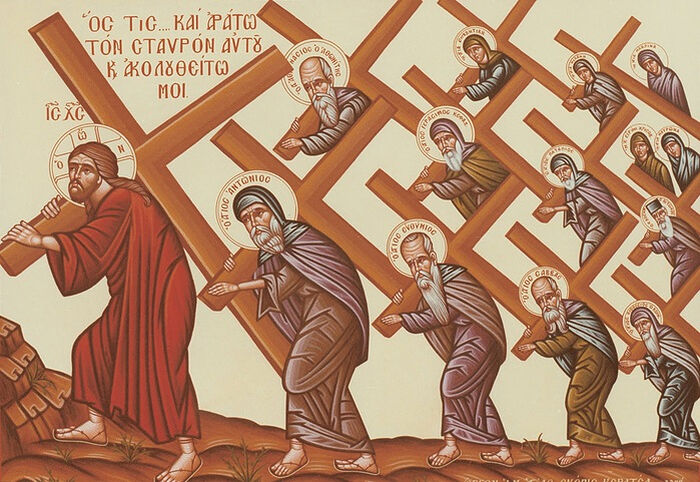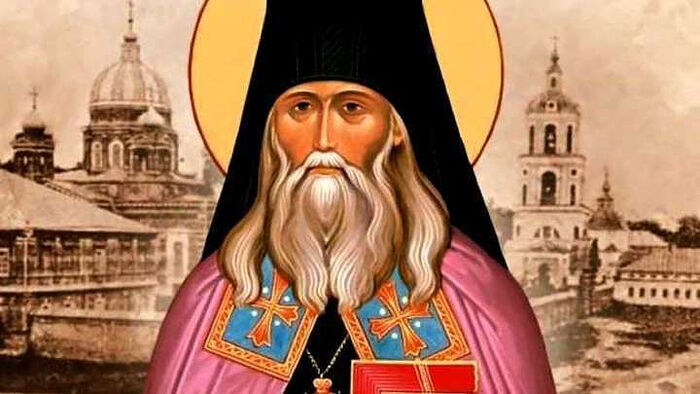The Department of Health and Human Services announced new regulations April 26 that restore Obama-era protections for patients who identify as transgender that the Trump administration rolled back in 2020. The new rule follows another controversial rule adding gender identity to Title IX protections.
The HHS regulations, scheduled to be published May 6, seek to expand civil rights protections for patients by prohibiting health care providers and insurers that receive federal funding from discriminating against patients who seek treatment related to their gender identity or sexual orientation.
Spokespersons for HHS argued the expansion would protect LGBTQ+ patients while also respecting federal protections for religious freedom and conscience.
“Today’s rule is a giant step forward for this country toward a more equitable and inclusive health care system, and means that Americans across the country now have a clear way to act on their rights against discrimination when they go to the doctor, talk with their health plan, or engage with health programs run by HHS,” HHS Secretary Xavier Becerra said in a statement. “I am very proud that our Office for Civil Rights is standing up against discrimination, no matter who you are, who you love, your faith or where you live. Once again, we are reminding Americans we have your back.”
But Julie Marie Blake, senior counsel for Alliance Defending Freedom, said in a statement the regulation “is a vast overreach that turns medicine upside-down.”
“Congress never voted to redefine sex in the Affordable Care Act to add gender identity. The rule harms families and children by promoting dangerous, life-altering ‘gender-transition’ procedures that remove healthy body parts or block puberty,” Blake said. “The Biden administration’s egregious rule would alter the United States’ medical system for the worst.”
Doug Wilson, CEO of Catholic Benefits Association, said in a statement, “In the past 10 days, the EEOC (Equal Employment Opportunity Commission) and HHS have issued three new mandates demonstrating their determination to rule by regulatory fiat.”
“This government overreach hijacks the legislative process and enforces an ideologically driven agenda,” Wilson said, adding his group is “immersed in in-depth evaluation of each of these onerous mandates and will present our legal analysis and strategy in the days ahead.”
In an April 30 statement, Bishop Kevin C. Rhoades of Fort Wayne-South Bend, Indiana, chairman of the Committee for Religious Liberty for the U.S. Conference of Catholic Bishops, said, “The human right to health care flows from the sanctity of human life and the dignity that belongs to all human persons, who are made in the image of God.”
“The same core beliefs about human dignity and the wisdom of God’s design that motivate Catholics to care for the sick also shape our convictions about care for preborn children and the immutable nature of the human person,” he said. “These commitments are inseparable.”
Bishop Rhoades added that although the USCCB appreciates “that the final rule does not attempt to impose a mandate with regard to abortion,” the regulations, “however, advance an ideological view of sex that, as the Holy See has noted, denies the most beautiful and most powerful difference that exists between living beings: sexual difference.”
“I pray that health care workers will embrace the truth about the human person, a truth reflected in Catholic teaching, and that HHS will not substitute its judgment for their own,” he said.
Earlier in April, the Department of Education also released its finalized regulations under Title IX, the 1972 federal civil rights law requiring women and girls have equal access and treatment in education and athletics. Department spokespersons argued the new regulations, which take effect Aug. 1, broaden the rules governing educational institutions that receive federal funding to ensure that no person experiences sex discrimination — based on sex stereotypes, sexual orientation, gender identity and sex characteristics — including sex-based harassment or sexual violence at such institutions.
“For more than 50 years, Title IX has promised an equal opportunity to learn and thrive in our nation’s schools free from sex discrimination,” Secretary of Education Miguel Cardona said in a statement. “These final regulations build on the legacy of Title IX by clarifying that all our nation’s students can access schools that are safe, welcoming, and respect their rights.”
Some attorneys general, including Mississippi’s Lynn Fitch, filed suit to challenge the new regulation. They said in an April 29 press release that broadening the scope of the law could dilute its intended purpose of protecting women’s athletics.
“Title IX has been a game-changer for generations of women,” Fitch said in a statement. “For more than fifty years, it has given girls an opportunity to compete on a level playing field and offered them a fair chance to excel. The Biden Administration’s pursuit of an extremist political agenda here will destroy these important gains. What’s more, under this new rule, safe and private spaces for women to engage in healing, fellowship, and support will be torn away from them. The Administration’s legal theories are novel, at best, and they cut legal corners to push them through, and we intend to defeat this rule in the courts.”
Franciscan Father Dave Pivonka, president of Franciscan University of Steubenville, Ohio, wrote about the new regulation in a letter to students, faculty and staff, making clear the school believes “in the inherent dignity of every human person.”
“And as a passionately Catholic institution, we believe in and follow the teachings of the Catholic Church that consider ‘sex’ to refer to the objective reality of a human person as a man (male) or as a woman (female), grounded in and determined by a person’s biology,” Father Pivonka stated.
The university president stressed what he called the need to “differentiate between behaviors that may be judged by our current cultural norms to be discriminatory or harassing (e.g., explaining Catholic teaching on sexuality) and behaviors that, in fact, violate the dignity of a person (e.g., any act of harassment or violence).”
“Violations of the dignity of a person will not be tolerated on this campus,” he wrote. “Presenting authentic Catholic teachings, which convey truth, beauty, liberty, and healing, uplift the human person in every respect. Teaching what the Church teaches is an act of charity and our duty as a Catholic university.”
Father Pivonka added that “the Title IX statute itself and the Title IX regulations state that Title IX does not apply to a religious educational institution to the extent Title IX’s requirements are inconsistent with the religious tenets of the organization.”
“Therefore, whatever effect the new Title IX regulations might have on public institutions or secular institutions, the University will not apply the regulations in any way that is inconsistent with the Catholic Church’s teaching on ‘sex’ as defined in ‘Male and Female He Created Them: Franciscan University of Steubenville Compendium on Human Sexuality,’” he said, meaning the university will continue to operate single-sex “housing, restrooms, locker rooms, and competitive sport teams.”
In guidance on health care policy and practices issued in 2023, the U.S. Conference of Catholic Bishops’ Committee on Doctrine opposed interventions that “involve the use of surgical or chemical techniques that aim to exchange the sex characteristics of a patient’s body for those of the opposite sex or for simulations thereof.”
“Any technological intervention that does not accord with the fundamental order of the human person as a unity of body and soul, including the sexual difference inscribed in the body, ultimately does not help but, rather, harms the human person,” the document states.

 Five Ways to Follow Christ to His PassionAlas, not many of us know how to follow our Savior! Few people know how to properly use even those paths that the holy Church reveals and arranges for this!
Five Ways to Follow Christ to His PassionAlas, not many of us know how to follow our Savior! Few people know how to properly use even those paths that the holy Church reveals and arranges for this!
 Ascent to the Personal GolgothaThe godless authorities accused the servants of the Church of being hostile towards the soviet system, of religious propaganda, and of corrupting school children and peasants.
Ascent to the Personal GolgothaThe godless authorities accused the servants of the Church of being hostile towards the soviet system, of religious propaganda, and of corrupting school children and peasants. The Foundation of Any Ascetical LaborWise words by the holy fathers on fasting, posted at the end of the Apostle’s fast, but good to know all year long.
The Foundation of Any Ascetical LaborWise words by the holy fathers on fasting, posted at the end of the Apostle’s fast, but good to know all year long. Pskov Cave Elder, Archimandrite Adrian (Kirsanov) reposes in the LordOn April 28, in the ninety-seventh year of his life, in the Pskov-Caves Monastery, Archimandrite Adrian (Kirsanov) reposed in the Lord.
Pskov Cave Elder, Archimandrite Adrian (Kirsanov) reposes in the LordOn April 28, in the ninety-seventh year of his life, in the Pskov-Caves Monastery, Archimandrite Adrian (Kirsanov) reposed in the Lord.




